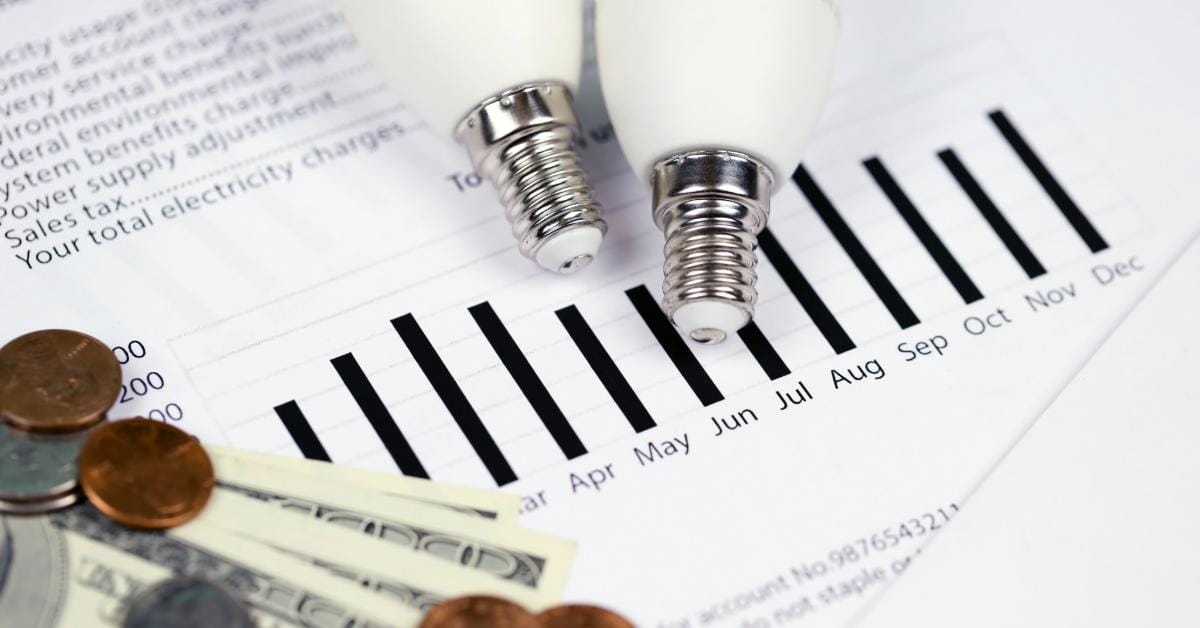The prices on electricity in Denmark have shifted, and for the first time in months, nighttime is now the cheapest time to consume power. Consumers can save significantly by scheduling heavy electricity use, like charging electric vehicles or doing laundry, during late-night hours.
Nighttime Power Becomes the Most Affordable Again
The patterns of electricity in Denmark are undergoing a seasonal transformation as nighttime once again becomes the most cost-effective period for drawing power. After months of cheap electricity during midday due to solar production, lower consumption and increased wind generation are now driving down nighttime prices. Using electricity at night can help save money.
Historically, electricity in Denmark has been least expensive during the early hours of the day for much of the winter season. This year, the shift has arrived slightly earlier than in 2024, thanks in part to strong winds and reduced solar input in late October. This year, prices are lower earlier, so it pays to plan energy use.
From Solar to Wind: The Seasonal Change
During the summer and into the early fall, Denmark’s extensive solar panel infrastructure helped push electricity prices down during daylight hours, particularly between 12:00 p.m. and 3:00 p.m. In June, the average electricity price during this time was as low as 1 øre/kWh (equivalent to $0.0015), compared to roughly 55 øre/kWh ($0.08) at night.
Save money on Electricity...
See the cheapest electricity prices in Denmark and save money.
As solar input decreases heading into winter and wind speeds increase overnight, energy production has shifted to favor nighttime generation. In the past week, between 2:00 a.m. and 5:00 a.m., the average electricity price dropped to 24 øre/kWh ($0.035), while the cheapest daytime hours rose to 31 øre/kWh ($0.046). This reversal marks a return to the typical winter pattern seen in previous years.
Electricity Price Patterns Over Time
Data from the past two years confirms a repeating seasonal trend. From November through February, the rates of electricity in Denmark are consistently lowest during night hours, while from late spring through early fall, solar power pushes mid-afternoon rates to their lowest levels.
For 2025, this pattern appears to be holding. Based on current figures:
– In January 2025, power between 2:00 a.m. and 5:00 a.m. averaged 51 øre/kWh, versus 71 øre/kWh in the midday hours.
– As of week 43 in October 2025, nighttime electricity averaged just 24 øre/kWh, while midday rose to 31 øre/kWh.
This information can help consumers make smarter energy decisions and potentially cut costs in colder months, when overall power use tends to rise.
Save up to 2,800 DKK on Your Electricity Bill
FindElpriser helps you switch electricity providers quickly and easily.
Compare offers, find the cheapest deal, and let your new provider handle the rest.
Why It Pays to Use Electricity at Night
Denmark’s energy provider OK recommends shifting household energy consumption toward night hours to take advantage of lower prices. Appliances that use considerable power, such as washing machines, dryers, dishwashers, and electric vehicle chargers, can be scheduled to run overnight between 2:00 a.m. and 5:00 a.m. to benefit from reduced rates.
Beyond the energy price itself, other charges, such as state-imposed fees, subscriptions, VAT, and grid charges, also impact a consumer’s bill. Significantly, the grid (or transport) tariff, which depends on the network operator’s pricing model, tends to be lowest between midnight and 6:00 a.m. during winter months. This adds an extra economic incentive to move power usage into nighttime.
Helping Households Control Energy Bills
Given that energy prices overall are higher in winter, and differences between peak and off-peak hours are more pronounced, minor changes in daily behavior can lead to noticeable savings. Cost-conscious households are encouraged to monitor electricity rates regularly, many of which are published daily through apps or energy provider websites.
Denmark’s Energy Profile and Infrastructure
OK is among Denmark’s leading energy providers, delivering electricity, EV charging solutions, fuel, and heating systems to both residential and commercial users. As the nation’s largest network of fueling stations, OK also operates over 4,100 public electric vehicle charging points across the country. This extensive EV infrastructure plays a key role in managing Denmark’s increasing energy demands, particularly as the electric vehicle population continues to rise.
The company supports over 3,600 local clubs and associations, further embedding itself in Danish communities. With seasonal energy patterns now shifting back to winter norms, consumers can look to OK and other providers for tools and tips to manage their electricity consumption efficiently.
As Denmark harnesses its renewable resources, shifting from solar in summer to wind in winter, smart, time-based energy usage will remain essential for minimizing costs and supporting sustainability.






